1.e4: Complete Guide for White
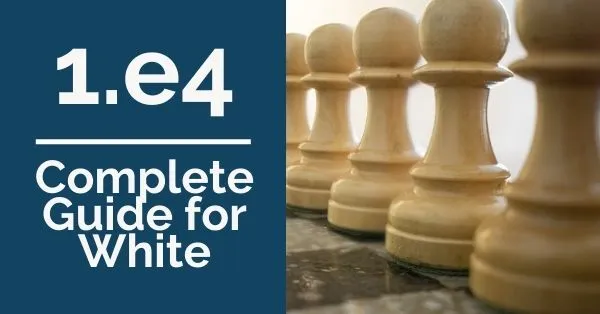
The most popular way to start the game is by moving the King’s pawn two squares forward. This move has been played for centuries and is the move that most beginners are taught to start with. It is one of the most correct first moves, as it opens two pieces, the Queen and the light-squared diagonal. Modern theory has developed a lot and concepts have changed with time, but the majority of games still start with the same move – 1.e4.
When choosing your first move, you have to think well about the type of positions you like and want to play. The positions resulting after 1.e4 tend to be more open, with early confrontations between the two sides.
This could lead to sharper play, but also to more exchanges, meaning that sometimes the game can dry out pretty soon. After 1.d4, the center stays closed, there is less contact between the pieces and this leads many times to long strategic battles. One thing you have to be prepared for if you decide to open the game with 1.e4 is the theory you will need to learn. Compared to other first moves, the theory is significantly more, as black has a number of options on the first move. With 1.e4, it is more difficult to adopt system-like openings, such as the London, for example, for 1.d4 players. Now let’s take a brief look at black’s first move options and the openings you will need to know:
1.e4: The Sicilian
Black’s most popular answer to 1.e4, the Sicilian is an opening present at every level. It arises after the moves 1.e4-c5:
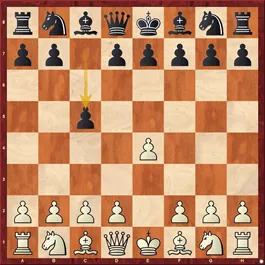
Here, depending on your style, the amount of theory you are ready to learn, and the time you can invest in this opening, you have a few options. The most popular choice for white is the Open Sicilian, which arises after the moves 2.Nf3 followed by 3.d4.
Black Openings
If you want to open against the Sicilian, you have to be prepared to meet every line that black can play. Some of the most common set-ups for black are:
- The Najdorf, arising after the moves 1.e4-c5 2.Nf3-d6 3.d4-cxd4 4.Nxd4-Nf6 5.Nc3-a6
- The Dragon, where black plays with …d6 and …g6: 1.e4 c5 2.Nf3 d6 3.d4 cxd4 4.Nxd4 Nc6 5.Nc3 g6. Speaking of the Dragon, you should also have something prepared against the Accelerated Dragon, where black plays with …g6, but doesn’t hurry with the move …d6.
- The Sveshnikov Variation (also known as the Pelican), where black responds with 4…Nf6 5.Nc3 e5.
- The Scheveningen Variation, where black plays with pawns on d6 and e6: 1.e4-c5 2.Nf3-d6 3.d4-cxd4 4.Nxd4-Nf6 5.Nc3-e6
- The Taimanov, where black plays with …e6 and …a6, but delays …d6: 1. e4 c5 2. Nf3 Nc6 3. d4 cxd4 4. Nxd4 e6 5. Nc3 Qc7
If you are looking for a simpler solution to the Sicilian, then you could look into one of the Anti-Sicilians. There are a number of good options. The Alapin (2.c3), for example, can lead to aggressive play where black needs to play well in order to not fall under an annoying attack. If you like gambits, the Morra gives white good play – 1.e4-c5 2.d4-cxd4 3.c3. In return for the pawn, white gets good development and control of the center. Then, there is a number of closed Sicilians to choose from – the Grand Prix Attack (where white plays with f4 and Bc4) is one of them, or the “normal” set-ups, where white fianchettos the light-squared bishop and will play for f4-f5 later in the game.
The Italian and the Ruy Lopez – 1…e5
The second most popular first move for black is 1…e5. Here, it is white who has the choice. Two of the most common options are the Italian and the Ruy Lopez. Both appear after: 1.e4-e5 2.Nf3-Nc6. Now, if white plays 3.Bc4, we are in the Italian Opening, while 3.Bb5 leads to the Spanish Opening (Ruy Lopez). Both are sound and solid systems for white that can lead to long battles. One common system is to play with d3 and c3 (the Gioco Piano). This is very common in the Italian, but can also be employed in the Ruy Lopez, with the bishop on b5. The resulting positions have similar ideas and require a lot of maneuvering.
Keep in mind that black could also opt for Philidor Defense, playing 2…d6 instead of 2…Nc6: 1.e4-e5 2.Nf3-d6. This is a solid choice for black and although not dangerous, you need to know what do to with white.
If you want something more aggressive, an interesting option is the King’s Gambit, arising after 1.e4-e5 2.f4. White sacrifices a pawn in return for development and initiative. Nowadays there have been found good ways for black to meet it, but it could be a good surprise weapon or something to play in blitz and rapid games.
1.e4: The French Defense
This is black’s third most popular answer to 1.e4 and it arises after 1…e6. The main choice for white comes on move 3, after 2.d4-d5:
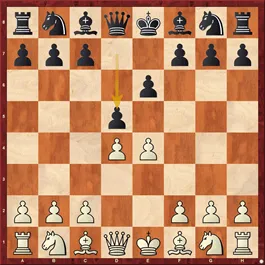
At this point, some of white’s most popular answers are 3.Nc3, 3.Nd2 (Tarrasch Variation), 3.e5 (the Advance Variation), and 3.exd5 (the Exchange Variation). The moves 3.Nc3 and 3.Nd2 can transpose to the same positions if black captures on e4. One of the main differences is that 3.Nd2 avoids the move 3…Bb4, the Winawer Variation, a very popular choice for the second player. The positions arising from this variation usually yield a thick central pawn structure with white pawns on c2-c3-d4-e5 and black pawns on e6-d5-c5 or c4. In this peculiar pawn structure, both sides have very well-defined plans. White usually starts actions on the kingside and black attacks on the queenside.
However, both sides need to pay close attention to each other’s plans. The game is often a positional battle with both sides aiming at different goals; black wishes to exploit the weakness of white’s structure and white is after the black king.
Other lines that black can play after 3.Nc3 are 3…Nf6, the Classical Variation, or 3…dxe4, leading to the Rubinstein Variation. There is a fair amount of theory to learn after 3.Nc3 and some lines, like the Winawer, can lead to sharp complications that have to be studied well.
The Tarrasch Variation is less aggressive than 3.Nc3 and is used by players seeking a small, long-lasting advantage. With the knight on d2, white can later play c3 at some point to support the d4-pawn.
A simple way of meeting the French is the Exchange Variation, where the position becomes simple and clearcut. The position arising is symmetrical, but white has interesting ways to unbalance things and pose black problems.
The Caro-Kann
Known as a solid reply for black, the Caro arises after 1.e4-c6:
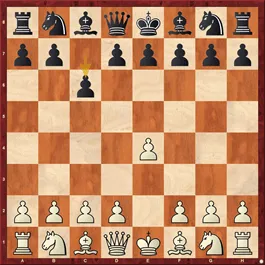
The main continuation here is 2.d4-d5 and here white can choose again between moves like 3.Nc3, 3.Nd2, 3.exd4, or 3.e5. The most common way of handling the Caro-Kann is the Classical Variation, 1.e4 c6 2.d4 d5 3.Nc3 (or 3.Nd2) dxe4 4.Nxe4 Bf5.
If you are looking for a more dynamic way of meeting the Caro-Kann, then the Panov-Botvinnik Attack might be an interesting option. This arises after the moves 1.e4 c6 2.d4 d5 3.exd5 cxd5 4.c4. White will play a middlegame with an isolated pawn on d4, but with more space and better-coordinated pieces. These middlegames are always interesting to play, as there are a lot of dynamic play and tactical possibilities.
1.e4: The Scandinavian Defense
This is an opening that immediately challenges white’s center with the move 1…d5:
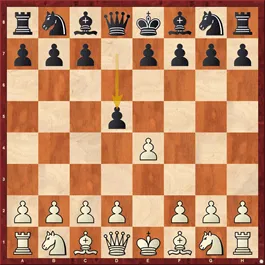
In general, this opening is not often seen at the top level, as black often lacks space and can be rather passive. There isn’t much theory to know here, but white has a few good ways of meeting it. In general, play continues with 2.exd5-Qxd5 3.Nc3. Here the mainline is 3…Qa5, although black can also retreat the queen to d8 or d6. In any case, the Black queen generally remains exposed and white can gain time developing his minor pieces with tempo.
Looking for more on 1.e4? Look at 5 Reasons Why Attacking Players Should Play It.
We also recommend reviewing The Importance of Creating Outposts.
https://thechessworld.com/store/product/1e4-tactical-repertoire-for-white-with-im-paulo-bersamina/



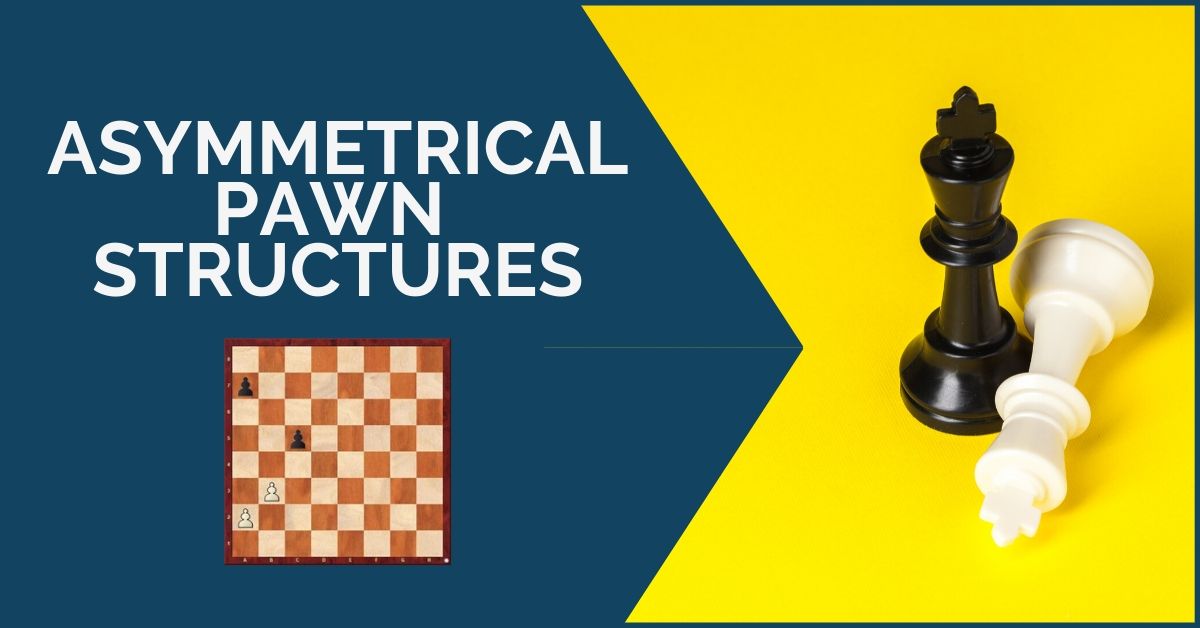

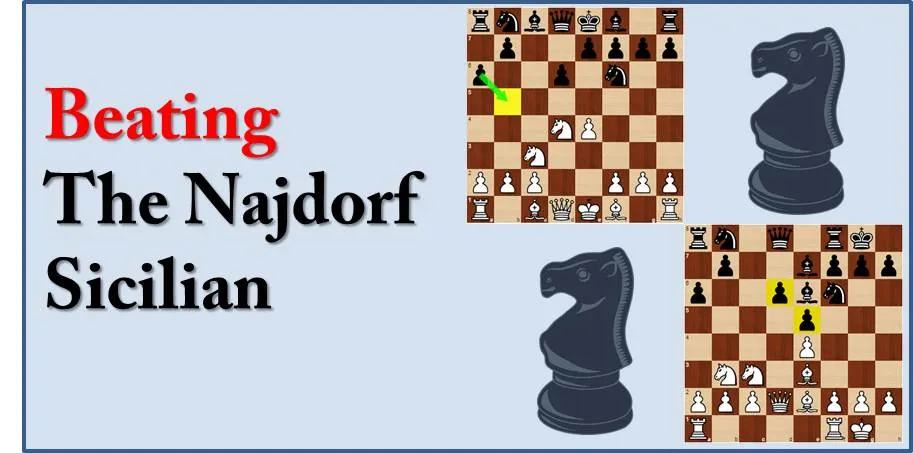




Comments: